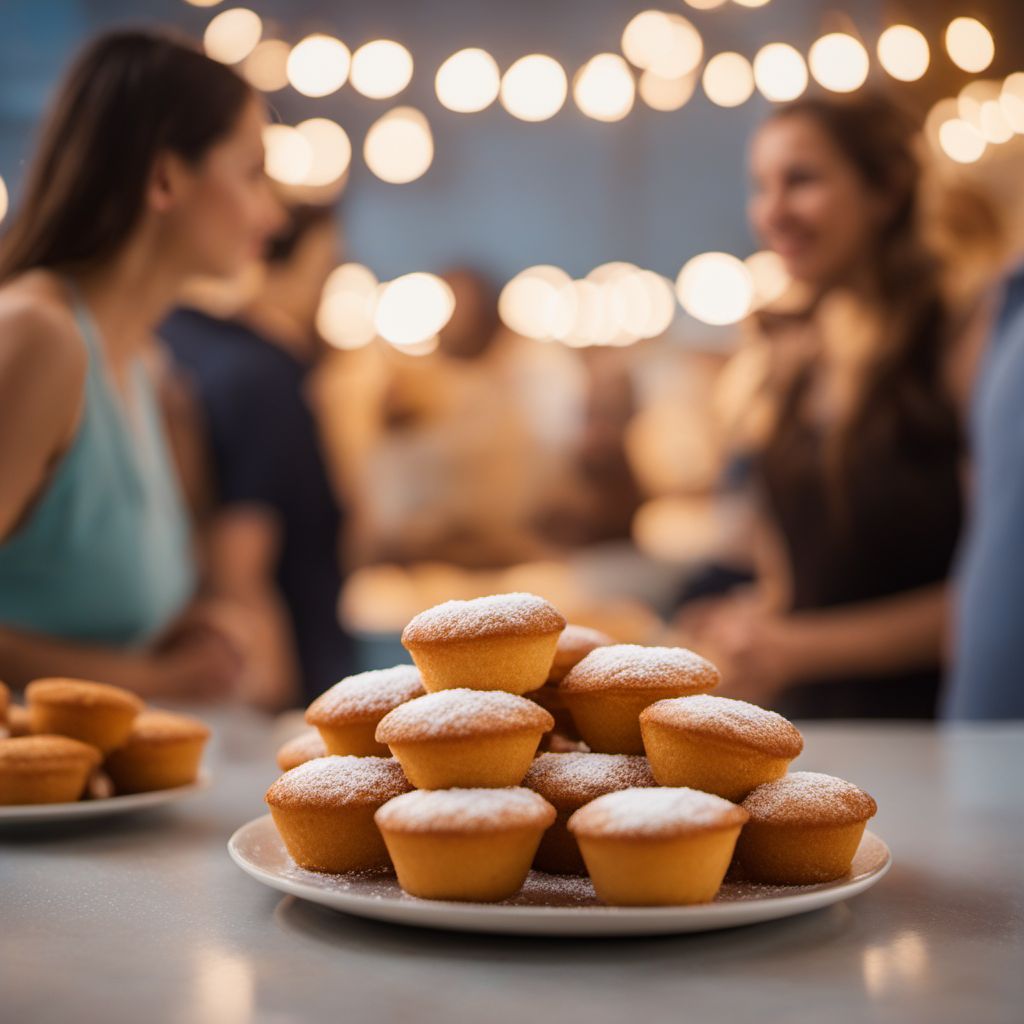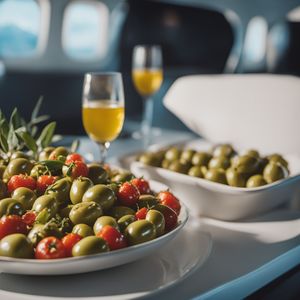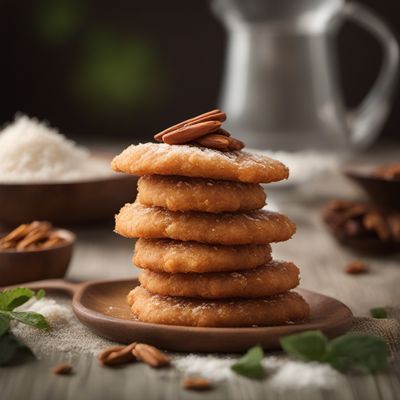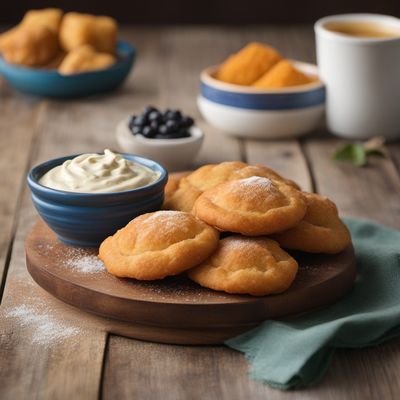
Dish
Buñuelo
Buñuelos are made by first mixing flour, eggs, milk and sugar to create a dough. The dough is then rolled into small balls and deep-fried until golden brown. The resulting pastry is light and fluffy with a crispy exterior and a sweet and slightly eggy flavor. Buñuelos are typically dusted with sugar or cinnamon sugar before serving.
Origins and history
Buñuelos originated in Spain and were traditionally eaten during the Christmas season. They have since become a popular dessert or snack throughout Spain and Latin America.
Dietary considerations
Buñuelos are not suitable for those with gluten or dairy allergies. They are also high in calories and fat due to the frying process.
Variations
Variations of buñuelos can be made with different flavorings such as anise or orange zest. Some recipes also call for the addition of cheese or sweet potato for added texture and flavor.
Presentation and garnishing
Buñuelos can be presented on a small plate or in a paper cone. They can be garnished with a sprinkle of powdered sugar or cinnamon for added flavor and visual appeal.
Tips & Tricks
To achieve a light and fluffy texture, it is important to beat the eggs until they are frothy before adding them to the dough mixture. The oil used for frying should also be at the correct temperature (around 375°F) to ensure that the buñuelos cook evenly and do not absorb too much oil.
Side-dishes
Buñuelos can be served as a standalone dessert or snack. They pair well with other Spanish desserts such as churros or flan.
Drink pairings
Buñuelos pair well with a sweet dessert wine such as Moscatel or a hot chocolate.
Delicious Buñuelo recipes
More dishes from this category... Browse all »

A-gei
Taiwanese cuisine

Abará
Brazilian cuisine

Aburaage
Japanese cuisine

Acciughe sotto pesto
Italian cuisine

Accra
West African cuisine

Aggala
Indian cuisine

Airplane Olive
Greek cuisine

Alaisa fa'apopo
Samoan cuisine


